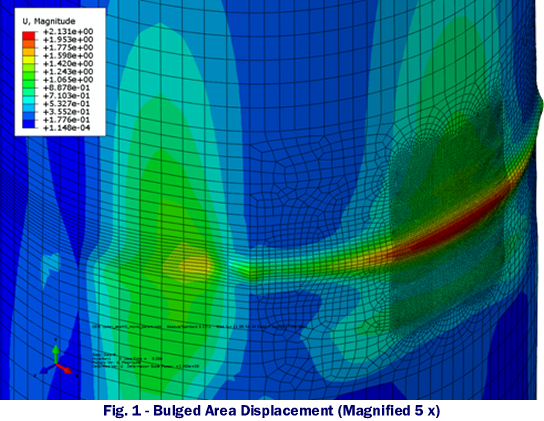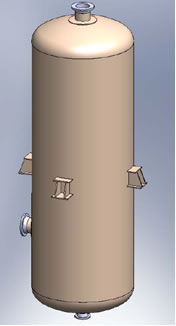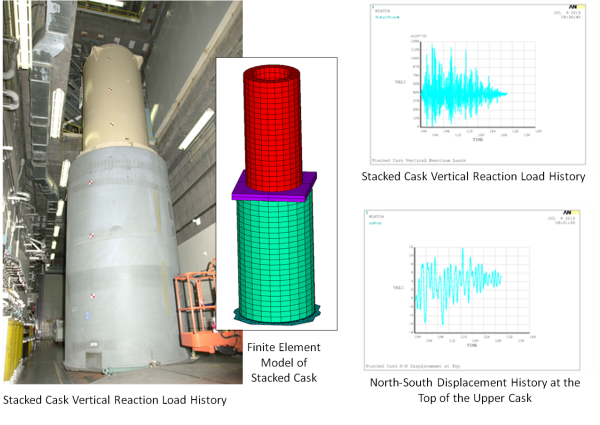Fluid-Structure Interaction Under Seismic Loading Using Finite Element Analysis
Becht Nuclear Services recently applied ANSYS® multi-surface, with fluid-structure interaction (FSI) capabilities to evaluate the effects of seismic loading on vessel internals that are immersed in the fluid. Before proceeding with the analysis of the actual vessel, the FSI capabilities were benchmarked to an analytical solution of a simpler liquid-filled flexible tank under seismic loading. […]





